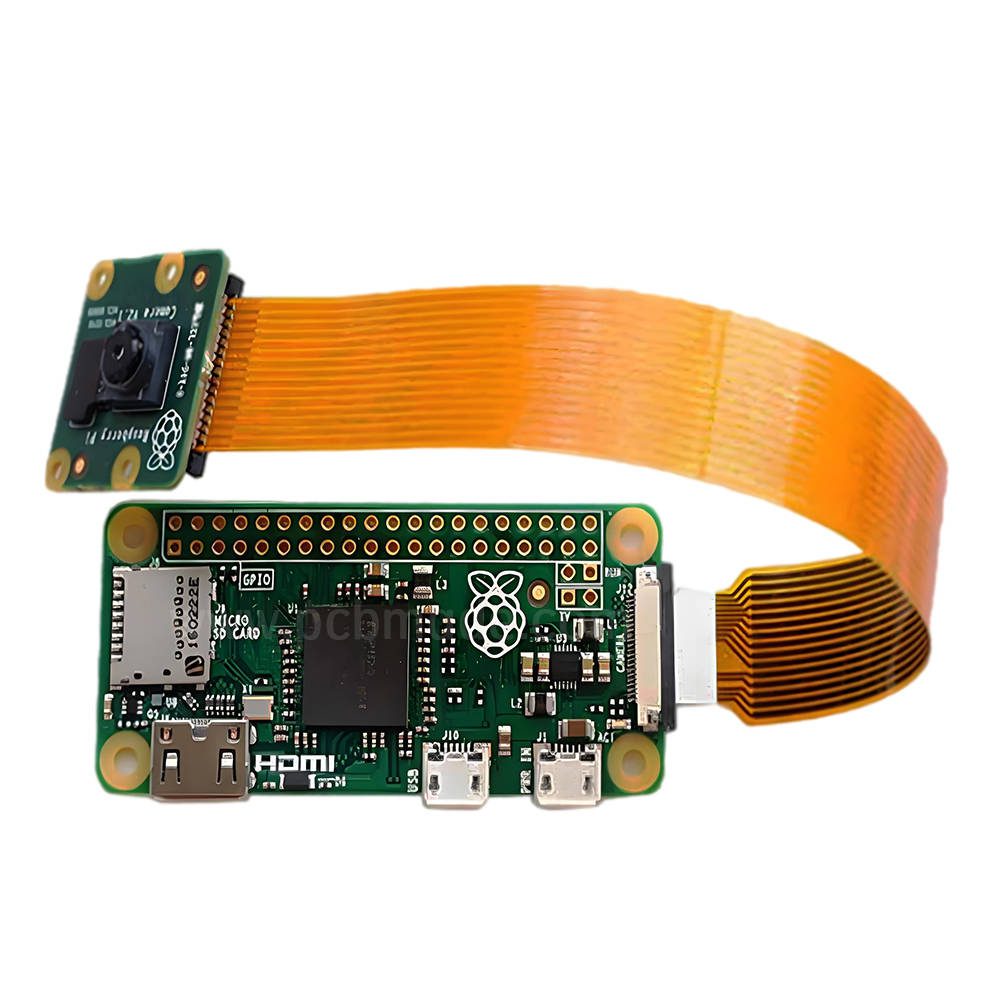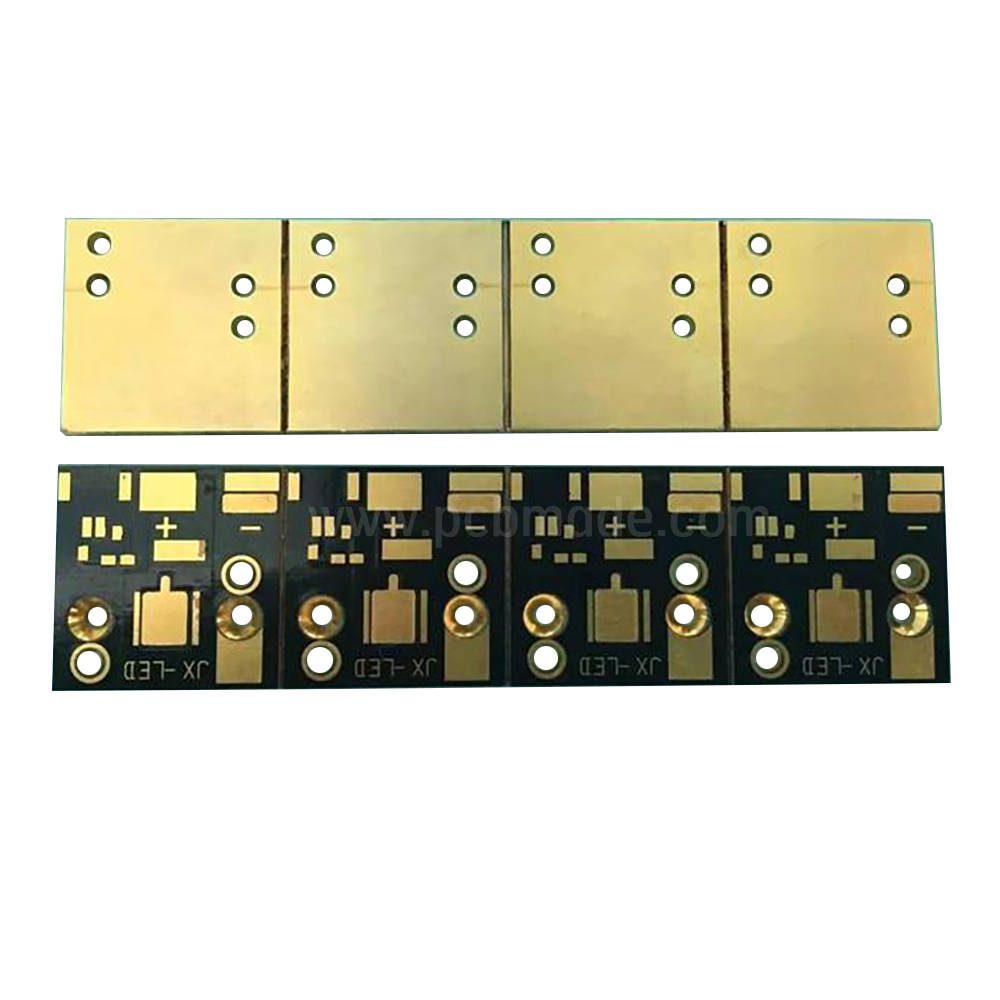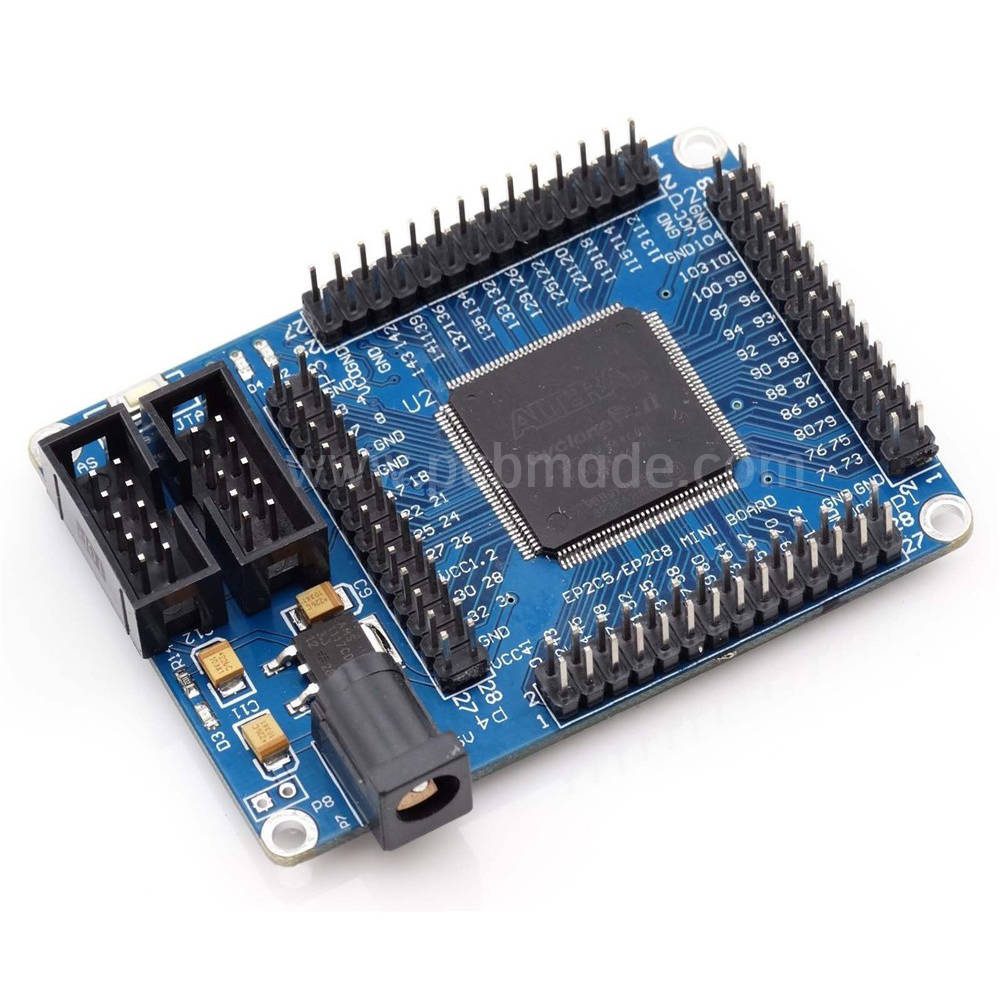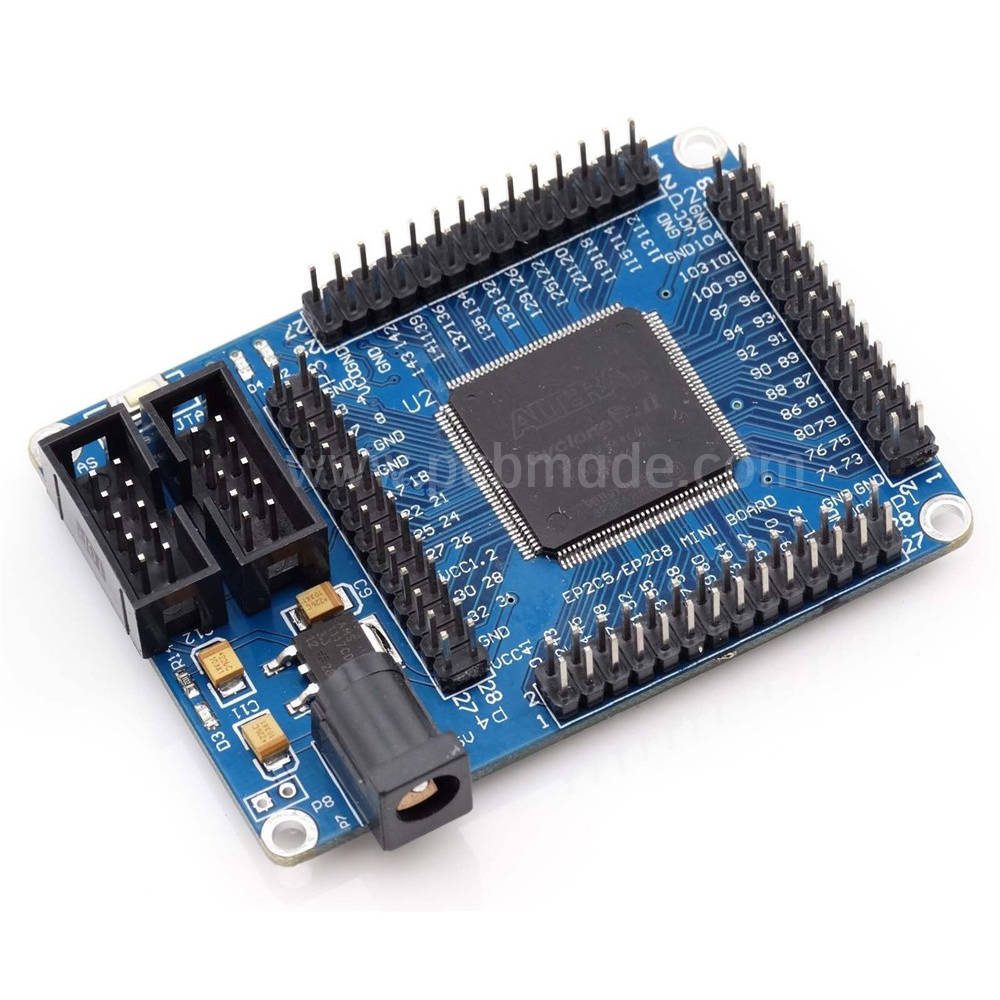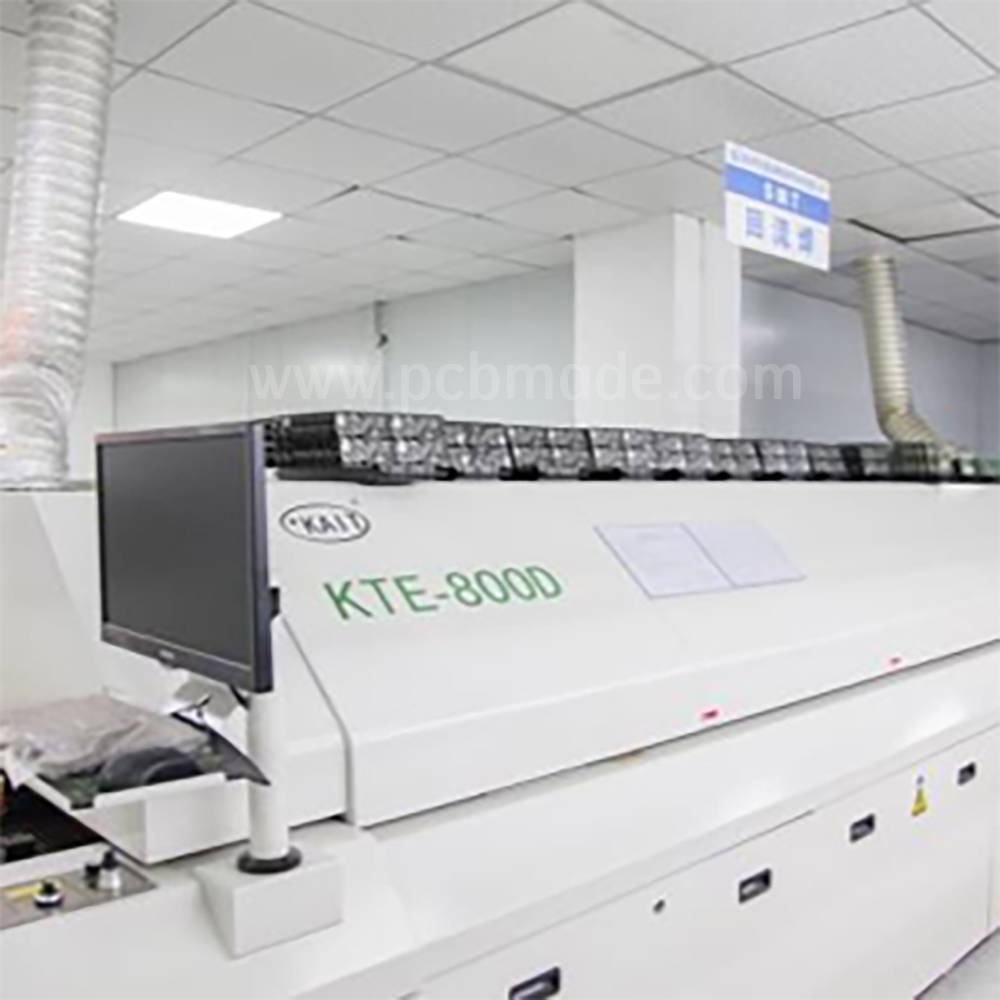In the design and manufacturing process of PCB (printed circuit board), hole design is a crucial link. It not only relates to the electrical performance of the circuit board, but also directly affects the efficiency of production and processing and the quality of the finished product.
1、 Handling method of through-hole
Through hole opening process: Although it is convenient for testing signals and maintenance, it is generally not recommended to use it in product design due to its potential adverse effects, such as signal interference and reduced protective performance.
Through hole cover oil process: As a conventional and free process, it is widely used. This process can effectively protect the via and prevent external interference, making it the preferred choice in most cases.
Through hole plug oil process: suitable for application scenarios that require solder mask protection or electrical isolation. It not only ensures that the via does not stick to tin during the soldering process, but also effectively reduces the probability of yellowing and light transmission at the hole opening. However, compared to the through-hole cover oil process, its cost is higher.
Disk hole process: suitable for situations where size reduction or BGA pin fan out is required. This process can effectively prevent solder from flowing to the opposite side, ensuring the stability and reliability of the circuit board. It is worth mentioning that Jialichuang provides free use of in tray hole technology for high multi-layer circuit boards, and upgrades to 2U ” immersion gold.
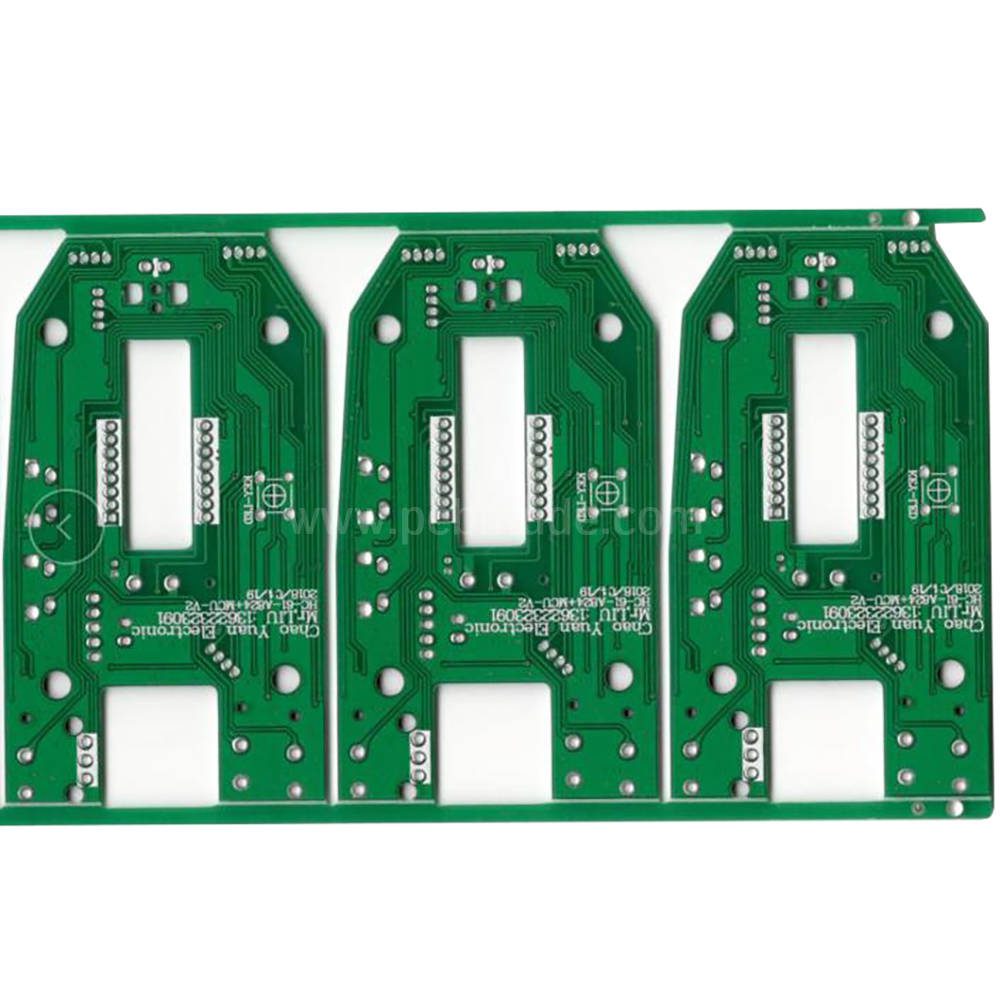

2、 Selection of via size
It is recommended to control the diameter of the through-hole between 0.3mm and 0.5mm. If the diameter of the through-hole is less than 0.3mm, it will increase the difficulty and cost of processing, such as the use of small drill bits that are prone to breakage and the difficulty of copper plating. If the diameter of the through-hole is greater than 0.5mm, it may lead to incomplete ink plug holes, resulting in hidden dangers such as hole depression or even voids.
3、 Design of Non Metallic Slot Holes
When designing non-metallic groove holes, the specifications and processing efficiency of the gong knife should be fully considered. It is usually recommended to use a slot width of not less than 1.0mm to facilitate PCB manufacturers in using 1.0mm gongs and knives for processing, ensuring processing quality and efficiency.
To avoid the risk of ink on the solder pad during the process of plugging oil through the hole, the minimum distance between the edge of the hole and the edge of the solder pad needs to be no less than 0.35mm/14mil
4、 Selection of Hole Size for Plug in Hole Encapsulation
The aperture tolerance of the plug-in hole should be controlled between+0.13/-0.08mm. When packaging components, the aperture of the plug-in components should be 0.1mm wider than the actual pins to ensure the stability and reliability of the plug-in.
5、 Setting of breathable holes
Setting breathable holes on a large area of copper sheet can provide a release path for internal gas, effectively reducing foaming problems. The breathable hole can be a non-metallic via or a metalized via connected to the ground.
6、 Precautions for Half Hole and Short Slot
If the half hole is made using conventional processes, there may be defects such as copper and tin blocking the hole inside. Therefore, in cases where half holes are required, PCB manufacturers should be clearly informed to adopt the half hole process.
At the same time, the aspect ratio of the slot should be designed to be no less than 2 as much as possible to avoid the problem of hole deviation caused by uneven force on the slot cutter.
In summary, the design of through holes during PCB sampling requires comprehensive consideration of various factors, including the processing method and size selection of through holes, the design of non-metallic slot holes, the setting of plug-in hole diameters, the setting of breathable holes, and precautions for half holes and short slots. Only by being meticulous in these aspects can we ensure the electrical performance and production processing quality of PCBs.




